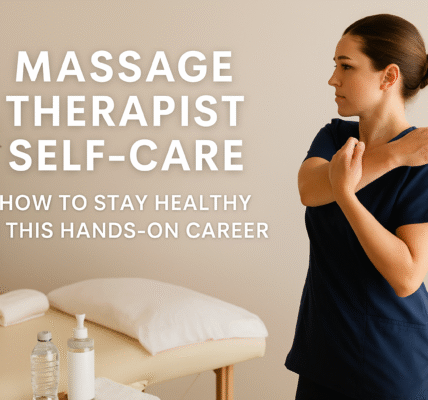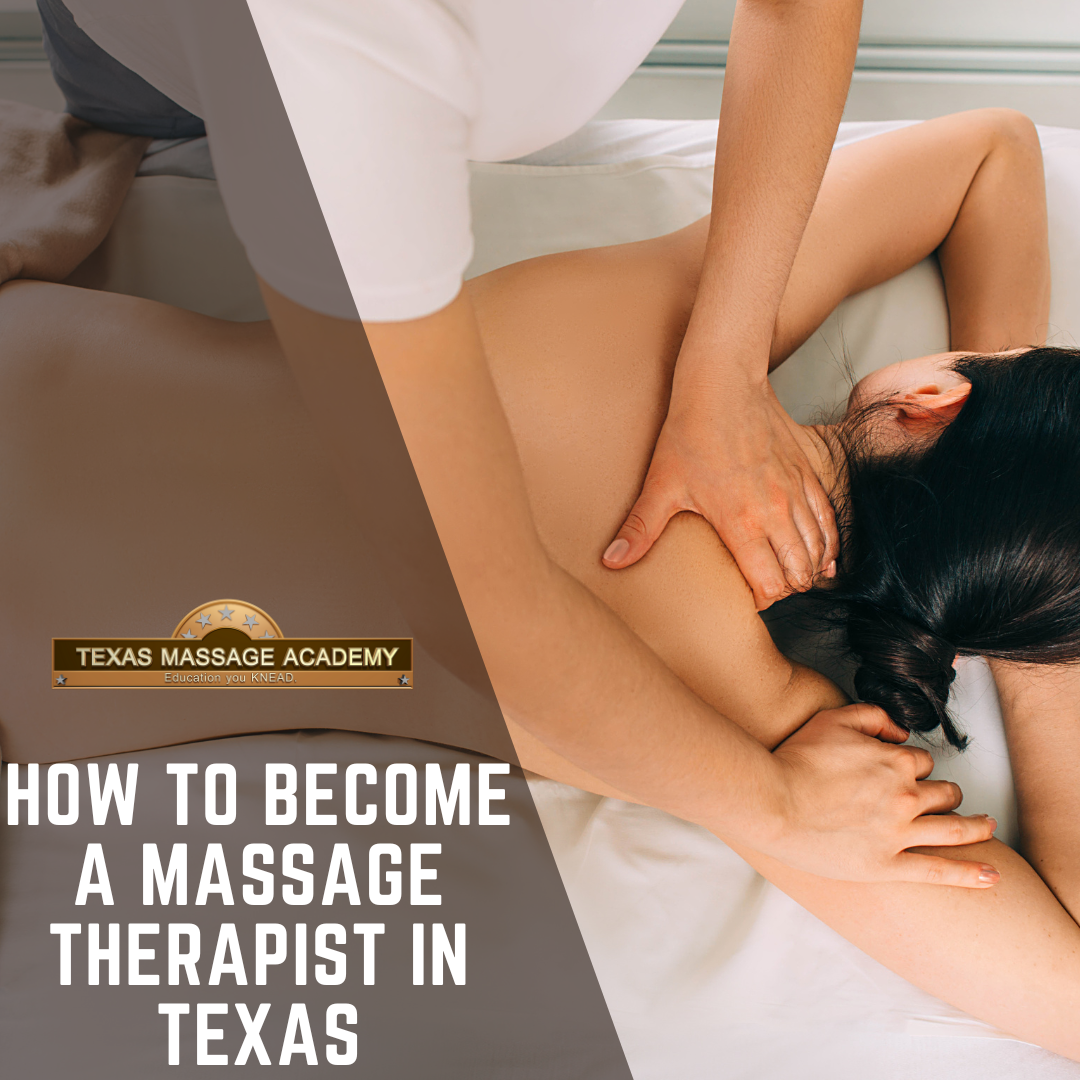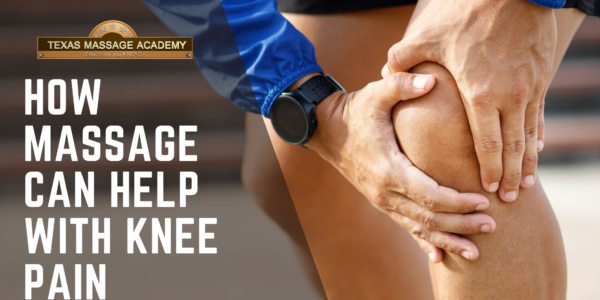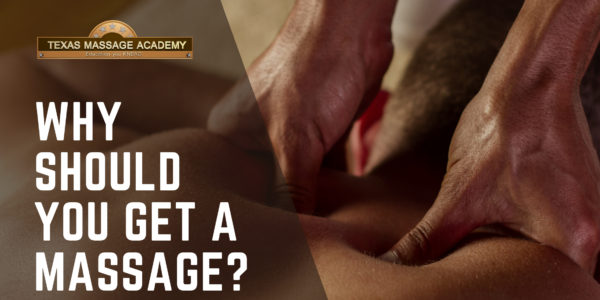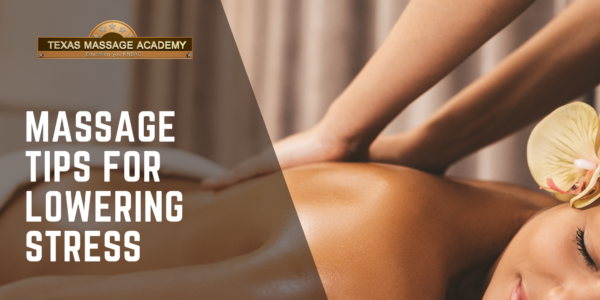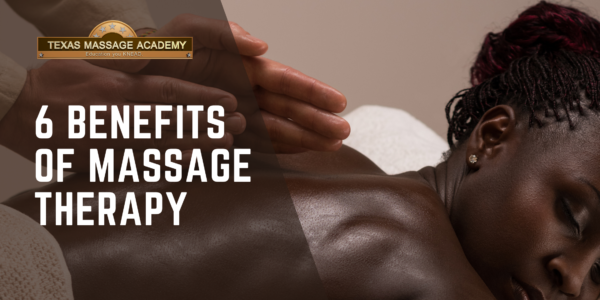Can’t you just learn massage from YouTube?
Is learning to be a massage therapist over the internet the best way? Find out more information here.
How Massage Can Help With Knee Pain
Knee pain is a very common problem, affecting people of all ages. There are many causes of knee pain, including arthritis, injuries, and inflammation. Knee pain can make it difficult to move and perform everyday tasks. However, massage therapy may be able to help. Massage has been shown to improve joint function, reduce inflammation, and ease pain.
Massage Ideas For Your Loved Ones
Massage can be a great gift for anyone. It reduces stress, improves mood and mental clarity, increases muscle strength and flexibility, boosts immunity, decreases aches and pains in the body, relieves back pain or headache tension. With so many benefits to offer why not try giving your loved ones a massage that they might enjoy. Here are some ideas for you to take into consideration when thinking of gift-giving!
5 Tips for Managing Holiday Stress
It’s that time of year again. A time of celebration, family gatherings, holiday parties, gifting, traveling, and most of all, excitement. While many of us are thrilled and looking forward to the holiday season, that excitement is generally accompanied by STRESS. Stress to pick out the perfect dish, give the perfect gift, maintain a spotless house, show up to every party, and decorate our homes like Martha Stewart. So here’s a few tips to help you keep your holiday stress under control, so you can enjoy what the holidays are truly about.
Take Time for YOU During the Holidays
Every year around the holidays we’re reminded that it’s a time for us to put others before ourselves. But many of us tend to take that to an extreme and often put even our most basic needs, like exercise and sleep, to the side for the season. While it is important to always think of others’ needs as well as our own, we can’t forget that we aren’t able to fulfill anyone else’s needs if we ourselves are empty inside. It’s important to give and do these good deeds from a place of happiness. Doing for others and giving to others really does make you happy. However, if I have neglected my needs so much that I am running on empty, the place where I begin to give to others shifts from a place of happiness, to a place that may breed resentment. This doesn’t mean that those that I am giving to have done anything wrong; but rather that I can equate myself giving them something that I’m not giving to myself, almost as if I’m not worthy or my needs don’t matter.
Gift Basket Ideas That Won’t Break The Bank
Who doesn’t love giving or receiving a gift during the holidays? I live for the look on someone’s face when they receive a gift that I put a lot of thought into. It makes me feel happy when I know I’ve gotten it right. But what do you do when you need a gift for someone who already has everything, or you’re low on funds? Here are a few unique gift ideas to give to those you care about without breaking the bank.
Self-Care Tips to Survive the Holidays
The busiest time of year is upon us. Holidays are meant to be spent enjoying the company of family, dear friends, and our loved ones. However, somehow the holidays can sometimes become more stressful than any other time of year. We all have huge parts to play in the enjoyment of the holidays and if we aren’t taken care of we can’t do our parts. Here are a few self-care tips to help you survive the holidays.
Why Should You Get A Massage?
A lot of us are lucky enough to be in a position where we can take care of ourselves. We do our best to eat healthy, get plenty of exercise, and when it comes time for that yearly check-up with the doctor, well you’re sure not skipping out on any appointments! But what about your body? It’s so important to maintain balance in your life and if there is one area that might need some work it’s probably the muscles. Getting a massage will help relax all those sore spots so you can feel better both mentally and physically. What are you waiting for?! Let’s look at some reasons why you should get a massage.
Massage tips for lowering stress
Massages are known to be an effective treatment for stress relief. Here are some ways people can maximize the benefits of regular massages.
6 Benefits of Massage Therapy
Massages are not only good for relaxation purposes but they can also be used to help with pain relief in some instances. Specific massage techniques can be beneficial in the treatment of muscle-related problems like tension headaches, carpal tunnel syndrome, lower back pain, and plantar fasciitis.

